Story Behind the Artwork
Created between 1830 and 1833 during the Edo period, The Great Wave stands as a watershed moment in Japanese art history. Hokusai, then in his seventies, revolutionized the genre of woodblock printing with this work. The dramatic swell of the wave, poised with sculptural precision, encapsulates the raw, unpredictable force of nature, while the serene Mount Fuji—reduced to a small triangle—anchors the composition in tranquility. The use of Berlin blue (Prussian blue), an imported pigment, marked a radical departure from traditional Japanese palettes, reflecting the undercurrents of curiosity and global awareness beginning to surface even in isolationist Japan.
Delving deeper, the artwork expresses philosophical and spiritual themes central to Japanese aesthetics. The concept of mujō (impermanence) is vividly portrayed in the wave's fleeting moment before collapse. Simultaneously, Mount Fuji's enduring presence embodies fudō (immovability), a concept revered in Zen Buddhism. The fishermen in their slender boats become symbols of human perseverance amid life's uncontrollable tides. These layered meanings invite a contemplative engagement, making every glance at your phone a moment of reflection.
This piece also bridges East and West. Hokusai's experimentation with perspective and asymmetry echoes European influence, particularly from Dutch prints. These elements, alongside ukiyo-e's distinctive linework and flat color planes, helped influence Western artists during the Japonisme wave of the late 19th century. Claude Monet, Edgar Degas, and Vincent van Gogh collected and studied such works, drawn to their composition, emotion, and innovation. The Great Wave became more than art—it became a cultural ambassador.
Speculatively, Hokusai might have infused his anxieties and wisdom into this scene. Having endured personal losses, poverty, and natural disasters, he was no stranger to life's volatility. Perhaps the wave represents both fear and awe—a duality that permeates Japanese thought. The artist's lifelong quest for perfection is evident in the meticulous design, suggesting not only technical mastery but emotional depth.
In today's context, this artwork resonates as a symbol of global unity and shared human experience. On your phone, it becomes a daily reminder of nature's power, art's endurance, and humanity's resilience. Whether you align with minimalist aesthetics or simply love beautiful, meaningful items, this case reflects a deep cultural legacy.
Gallery
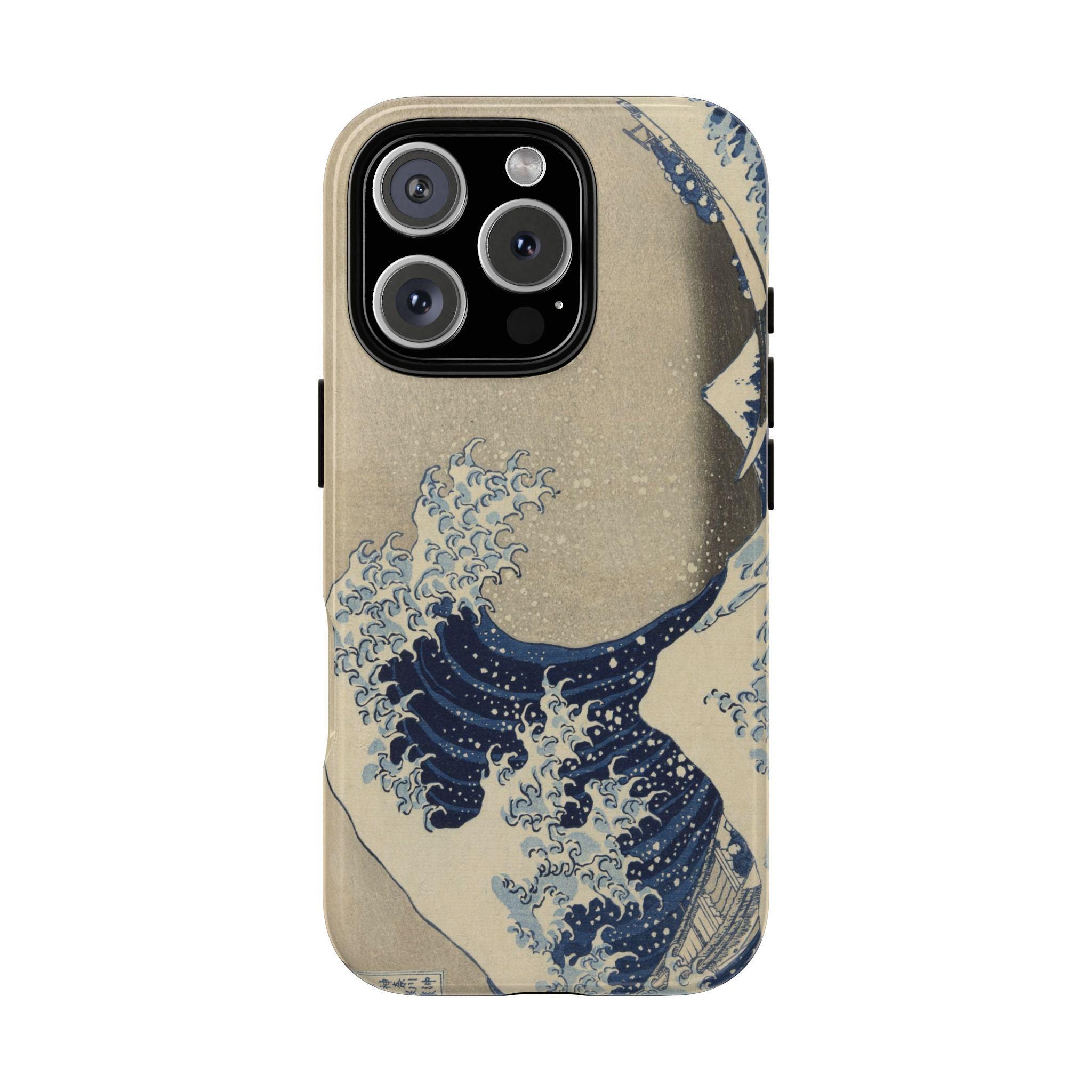
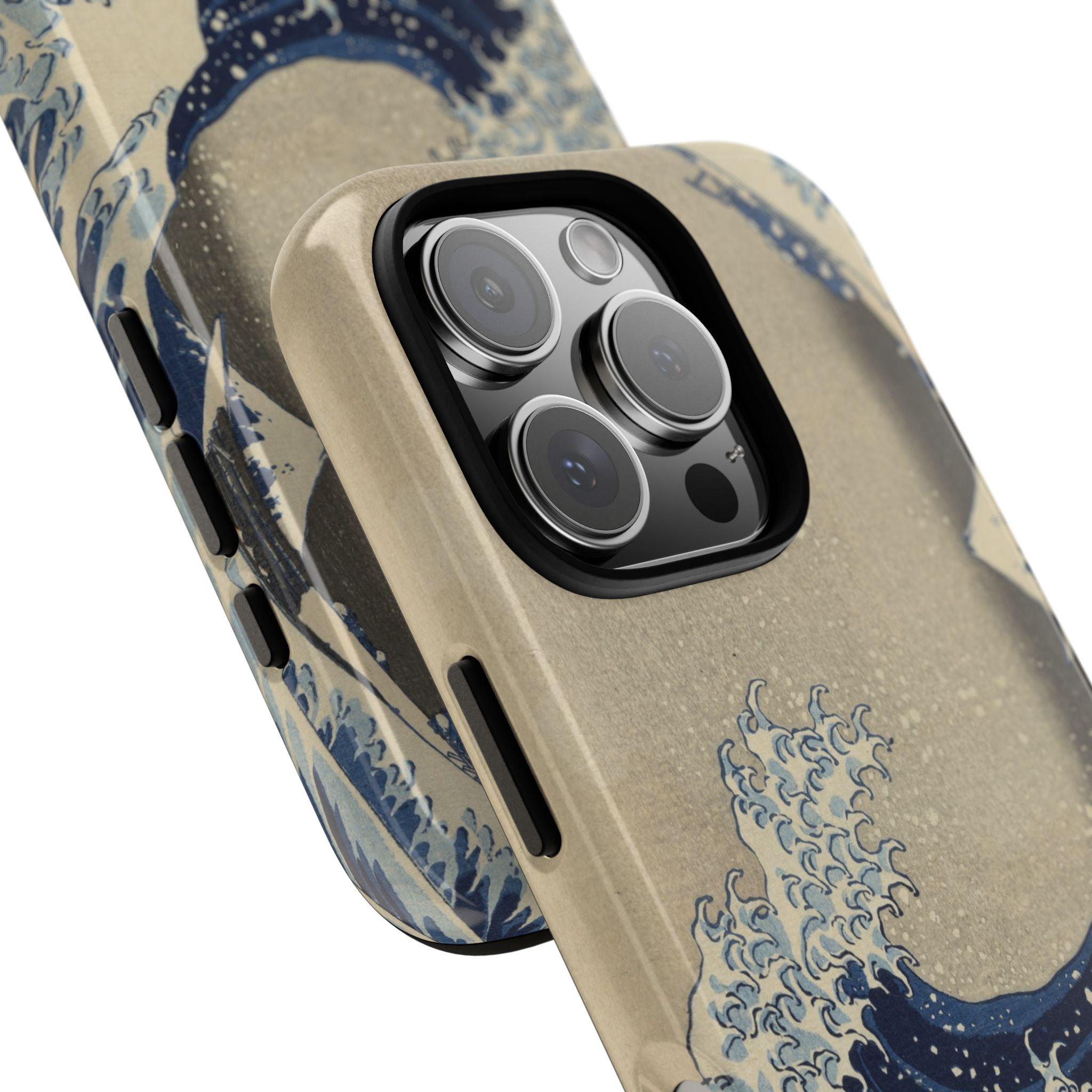

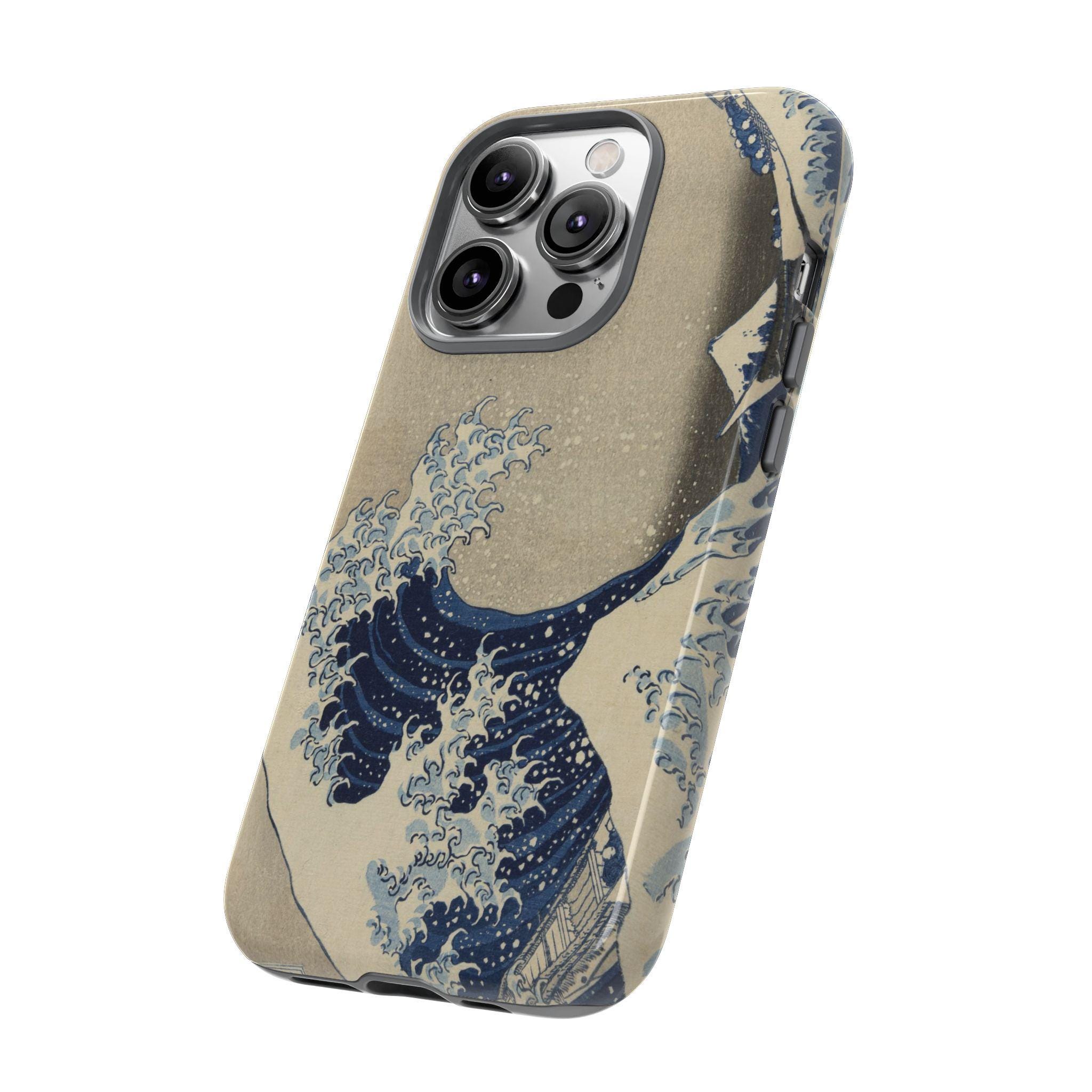
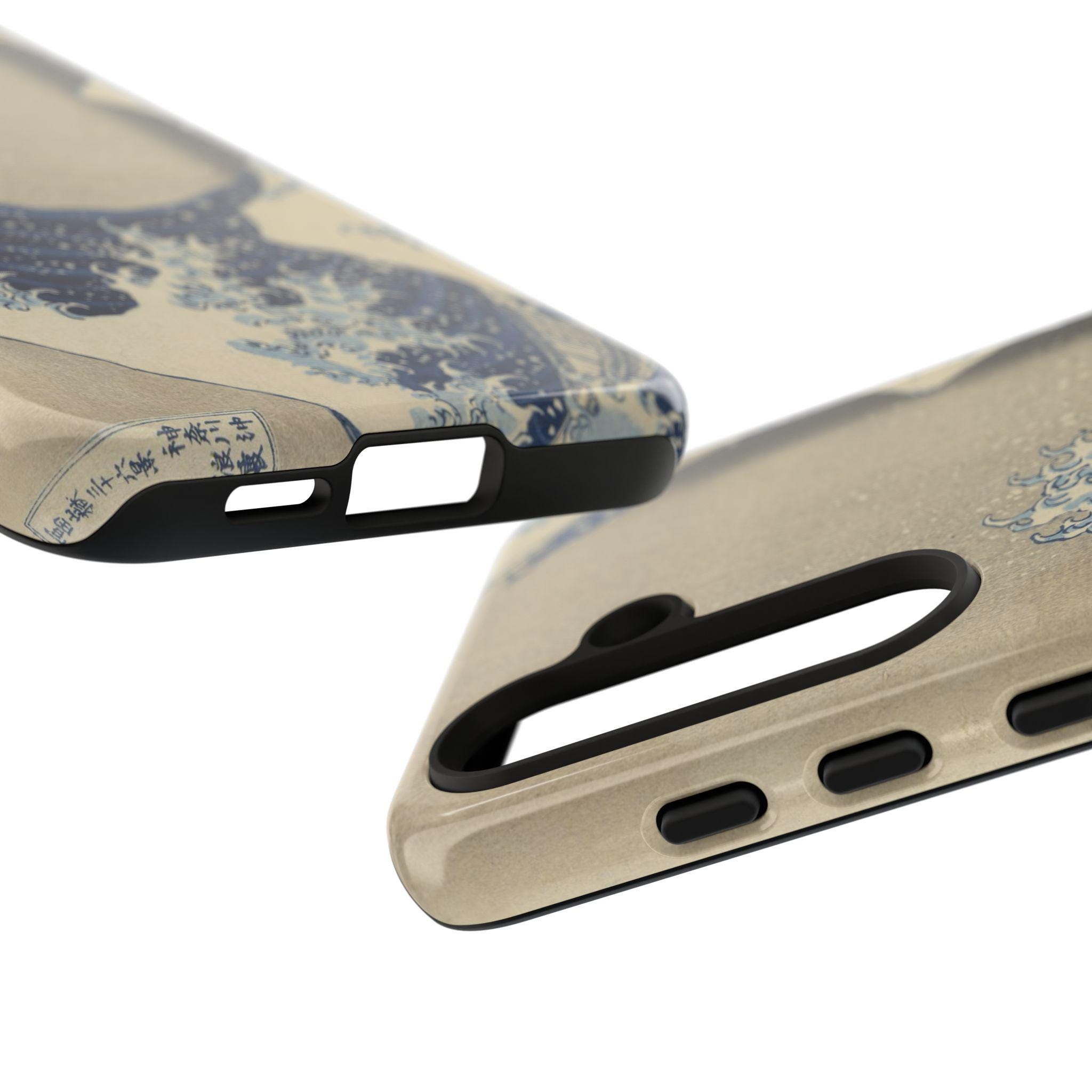
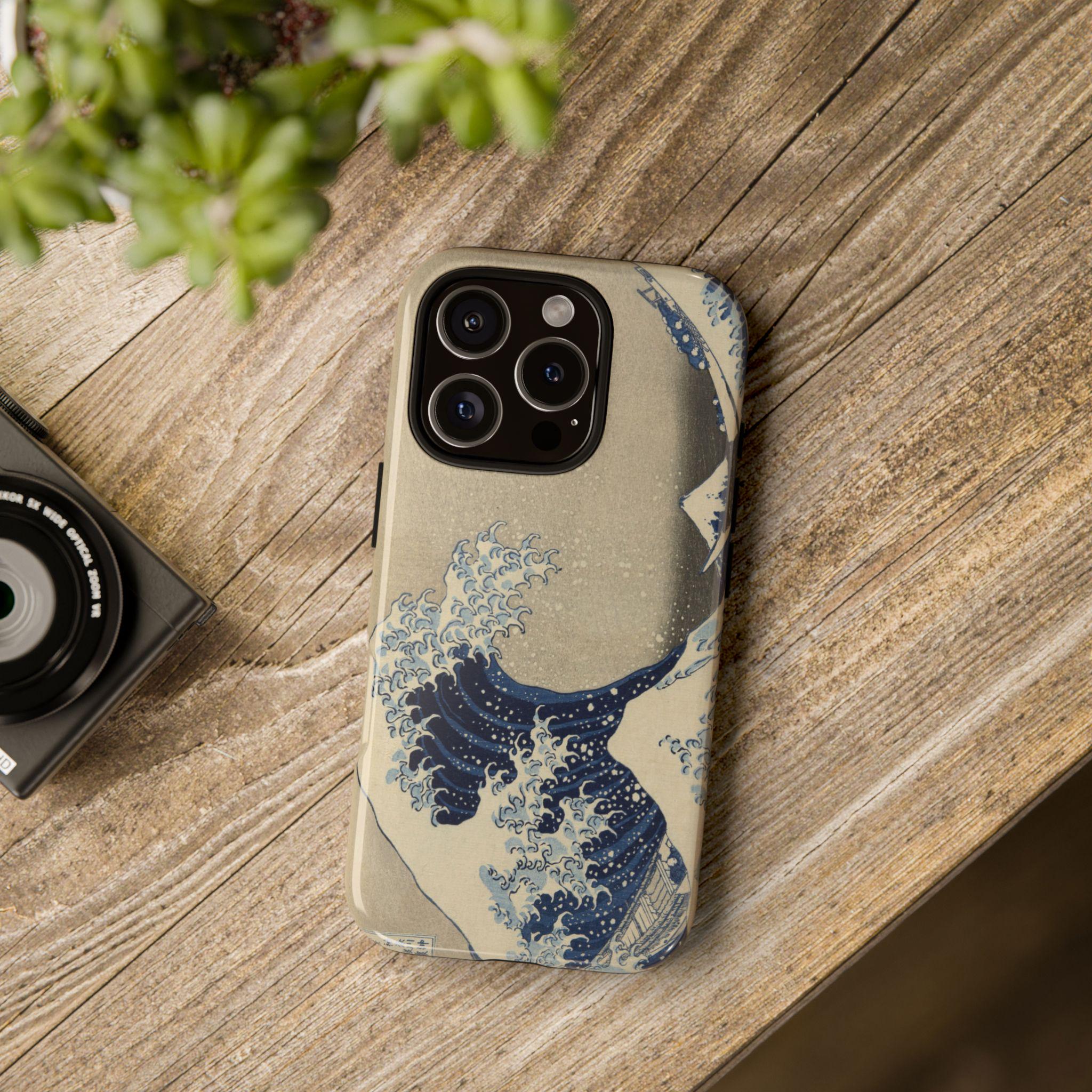
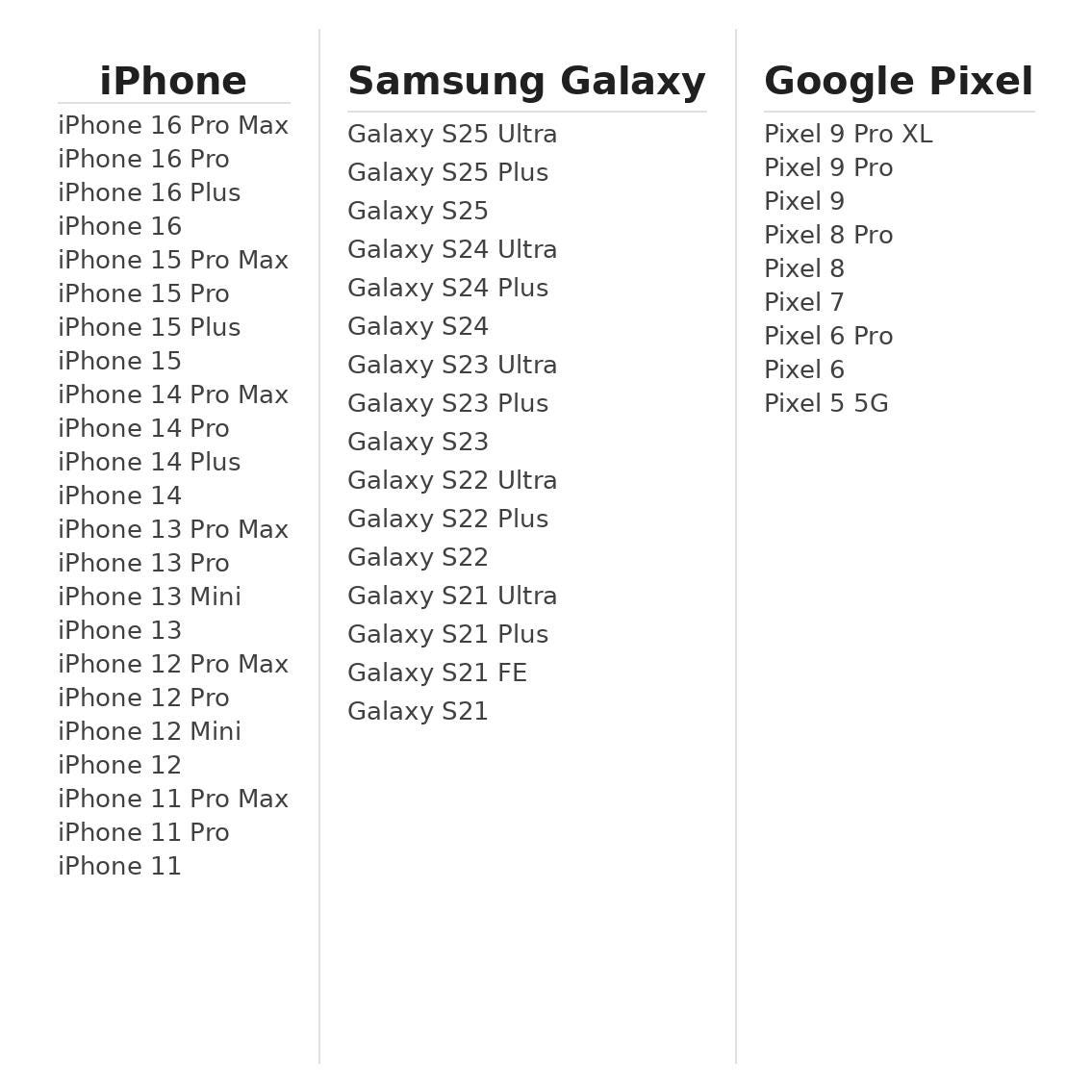
A Pocket-Sized Great Wave — Let Every Day Feel Like a Voyage
At airport security, you step onto the cool floor and drop your phone—wrapped in Hokusai’s Great Wave—into the grey tray. Laptops clunk, keys jingle, and a stream of look-alike phones slides by, but yours pops out instantly.
A guard lifts it, tracing the bright blue crest.
“Kanagawa,” he says, smiling. “Sounds like home by the sea.” He hands it back with a quick wink, and suddenly the whole line feels lighter.
Shoes go on, boarding calls echo, and you’re off to the gate with a pocket-sized piece of coastline tagging along.
Want a case that protects, sparks conversation, and brings a little horizon to every trip? Pick glossy for extra shine or matte for quiet depth—and grab yours today. See how many smiles it pulls on your next adventure!
Product Specifications
- Custom protective phone cases made with 100% polycarbonate (shell), 100% TPU (lining)
- Dual-layer case for extra durability and protection
- Supports wireless charging (not including MagSafe)
- Glossy or matte finish available
- Clear, open ports for seamless connectivity
- Blank product sourced from South Korea
Get This Beautiful Japanese Art Print
Transform your space with authentic Japanese culture. Order now and bring the elegance of traditional art into your home.
Shop the CollectionOther Products
No related products available.
